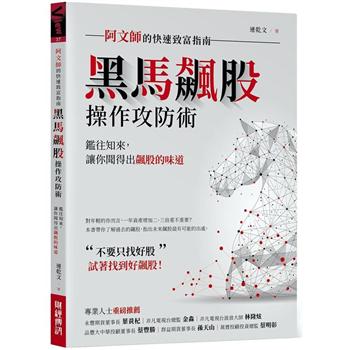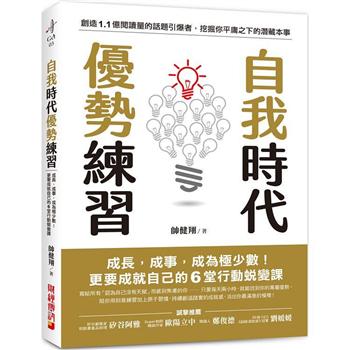The study of epenthesis, or the insertion of a non-etymological segment, has been at the core of phonological theory from the start, and recent approaches extend beyond phonology to include phonetic considerations, as well as morphological, morphosyntactic, and lexical interactions. This volume includes 12 of the many papers presented at the workshop "Epenthesis and Beyond" held at Stony Brook University in 2021, whose goal was to provide a forum for scholars who approach epenthesis and other types of insertion from new perspectives. The articles selected for this volume represent the exciting new approaches to epenthesis that linguists are engaged in. They cover a wide range of research questions, including how different types of insertion within the same language can use different epenthetic segments, and how across languages the same phonetic material can have different phonological interpretations. Topics like feature epenthesis, insertion vs. deletion, vowel predictability, nucleus-less syllables, and epenthetic segment quality, are also explored. Some of the new tools employed by the authors include ultrasound, Information Theory, and textsetting (the study of the way poets map their text onto a metrical grid). The breadth of languages investigated is noteworthy as well: Kru languages (spoken in Western Africa), Anindilyakwa (spoken in Australia), Yuman languages (spoken in the border area between Mexico, California, Arizona), Motu (Oceanic language spoken in Papua New Guinea), Kaqchikel (Mayan language spoken in Guatemala), Arabic, Turkish, Korean, and many others.
| FindBook |
有 1 項符合
Epenthesis and beyond的圖書 |
 |
Epenthesis and beyond 作者:Kim 出版社:Language Science Press 出版日期:2024-12-17 語言:英文 規格:精裝 / 342頁 / 24.41 x 16.99 x 2.06 cm / 普通級/ 初版 |
| 圖書館借閱 |
| 國家圖書館 | 全國圖書書目資訊網 | 國立公共資訊圖書館 | 電子書服務平台 | MetaCat 跨館整合查詢 |
| 臺北市立圖書館 | 新北市立圖書館 | 基隆市公共圖書館 | 桃園市立圖書館 | 新竹縣公共圖書館 |
| 苗栗縣立圖書館 | 臺中市立圖書館 | 彰化縣公共圖書館 | 南投縣文化局 | 雲林縣公共圖書館 |
| 嘉義縣圖書館 | 臺南市立圖書館 | 高雄市立圖書館 | 屏東縣公共圖書館 | 宜蘭縣公共圖書館 |
| 花蓮縣文化局 | 臺東縣文化處 |
|
|
圖書介紹 - 資料來源:博客來 評分:
圖書名稱:Epenthesis and beyond
|











